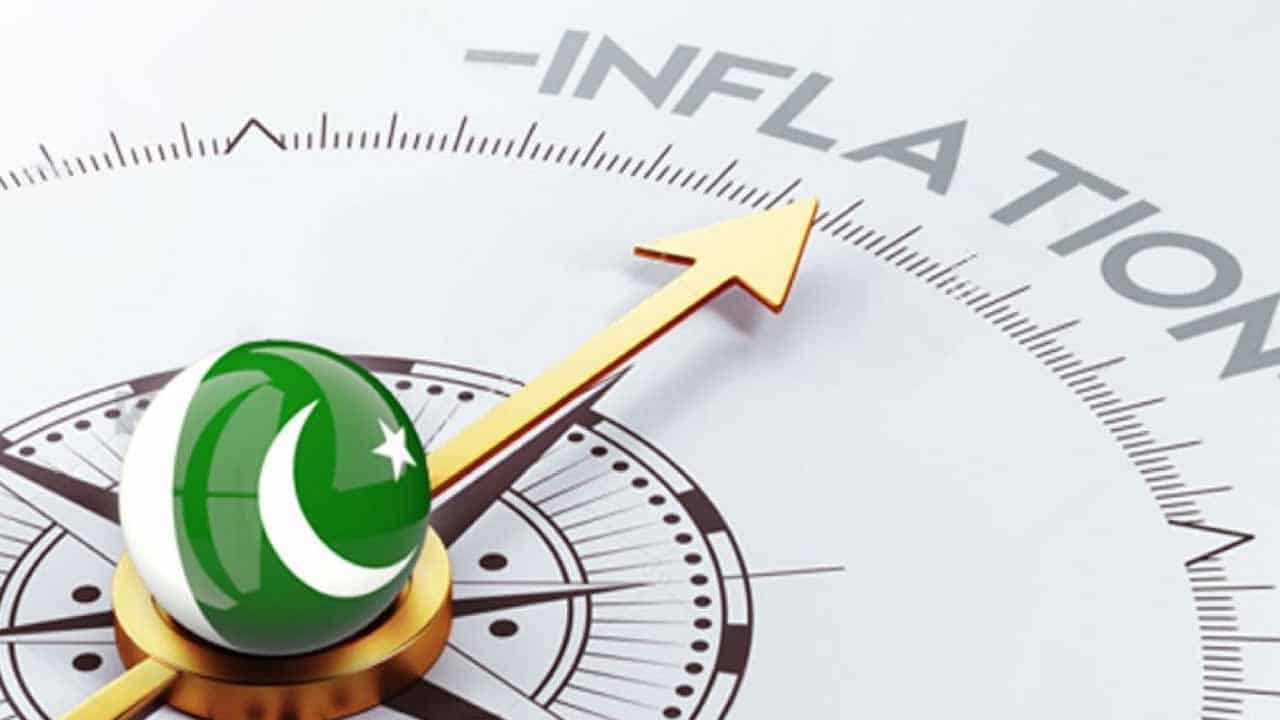After briefly falling to 23.8pc in November, consumer inflation spiked back up to 24.5pc in December, having about 29pc of a negative impact on the country’s rural population.
Comparing the July–December 2022 period to the same time the year before, the average six-month inflation rate rose to 25.02 percent. Compared to their urban counterparts, who saw inflation of 21.6 percent in December and an average of 23.1 percent over the preceding six months, it was more pronounced in rural areas, where more than two-thirds of the population resides, at nearly 28 percent.
According to the Pakistan Bureau of Statistics (PBS), all of the subgroups that make up the national consumer price index (CPI) exhibited an increased trend in December 2022, with the exception of perishable food products. However, the most detrimental effect was a 35.5 percent increase in food costs in December 2022, and a 56 percent increase in the price of perishable goods in December 2022 compared to December 2021.
According to PBS, the general inflation CPI climbed by 24.5 percent year over year (YoY) in December 2022 as opposed to 23.8 percent the previous month. From a record of 26.6 percent in October, the CPI general had fallen to 23.8 percent last month, although the dip was just temporary.
In December 2022, urban inflation rose to 21.6 percent year over year, up from 21.6 percent the previous month and 12.7 percent in December 2021. The rural CPI, on the other hand, increased by 28.8 percent on an annual basis in December 2022, as opposed to 27.2 percent the month before and 11.6 percent in December 2021.
The rate of inflation growth largely matched the Ministry of Finance’s predictions, which call for average annual inflation to range between 21 and 23 percent.
Core inflation (urban), which is calculated after eliminating volatile food and energy prices, rose to 14.7 percent on an annual basis in December 2022, up from 14.6 percent the previous month and 8.3 percent in December 2021.
Compared to the previous month’s gain of 0.8 percent and the equivalent month of the previous year, Dec. 2021, it climbed by 1.2 percent in Dec. 2022 on a month-over-month (MoM) basis.
In December 2022, the rate of inflation (Rural) jumped to 19 percent year over year, up from 8.9 percent in December 2021 and 18.5 percent in the preceding month. On a month-to-month basis, it climbed by 1.5 percent in December 2022 as opposed to 2.1 percent the previous month and 1.1 percent in the same month the previous year, which was December 2021.
PBS data showed that the prices of most of the food items went up significantly. Some of the major food commodities which became costlier by December 2022 over the same month of last year included:
- Onions (414.98 to 463.5pc)
- Tea (63.81pc)
- Wheat (57.26pc)
- Eggs (54.38pc)
- Gram whole (53.18pc)
- Rice (46.61pc)
- Besan (46.41pc)
- Pulse gram (45.2pc)
- Chicken (43.76pc)
- Pulse moong (42.82pc)
- Mustard oil (41.48pc)
- Wheat flour (40.58pc)
- Pulse mash (38.28pc)
- Cooking oil (31.97pc)
- Vegetable ghee (30.07pc)
- Milk fresh (26pc)
- Potatoes (24.72pc)
- Dry fruits (36.25pc)
- Fresh fruits (33.94pc)
- Pulse masoor (24.61pc)
Among the non-food, the prices of items showing an increase included:
- Motor fuel (49.45pc)
- Washing soap/detergents/match box (46.65pc)
- Stationery (46.56pc)
- Construction input items (30.59pc)
- Motor vehicle accessories (29.36pc)
- Solid fuel (28.62pc)
- Woolen readymade garments (24.12pc)
- Household servant (20.46pc)
- Construction wage rates (13.7pc)
On a MoM basis, the prices of top food commodities showing increase in December 2022 over November were:
- Fresh fruits (13.36pc)
- Onions (9.99pc)
- Eggs (9.71pc)
- Wheat (9.45pc)
- Dry fruits (8.84pc)
- Rice (5.85pc)
- Chicken (5.43pc)
- Beans(3.81pc)
- Wheat flour (3.66pc)
- Sugar (3.12pc)
- Milk fresh (1.51pc)
- Pulse moong (0.32pc)
Likewise, the prices of non-food items like:
- Solid fuel increased by 6.63pc
- Washing soap/detergents/matchbox (5.11pc)
- Woolen readymade garments (3.06pc)
- Woolen cloth (2.03pc)
- Stationery (1.91pc)
- Marriage hall charges (1.68pc)
- Construction input items (1.51pc)
On the other hand, prices of tomatoes decreased by 53.96pc, fresh vegetables (24.89pc), potatoes (21.33pc), besan(3.23pc), pulse masoor(2.41pc), pulse gram (2.14pc), vegetable ghee (2.03pc), gram whole (1.9pc), cooking oil (1.39pc), gur (0.31pc) and pulse mash (0.26pc).
Among non-food items, the prices of electricity and motor fuels dropped by 3.34pc and 1.82pc, respectively, from Nov to Dec












